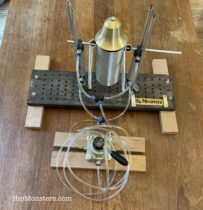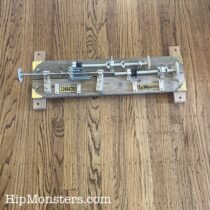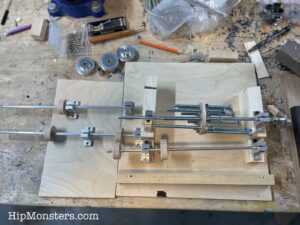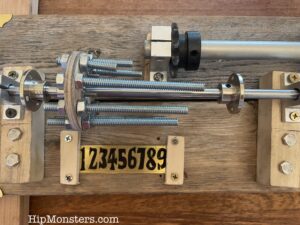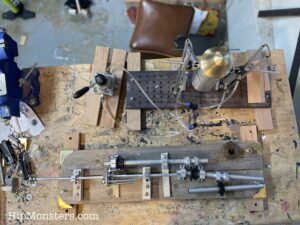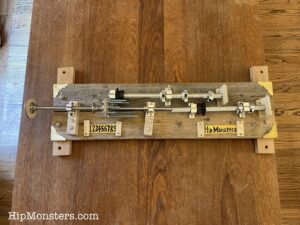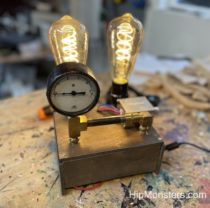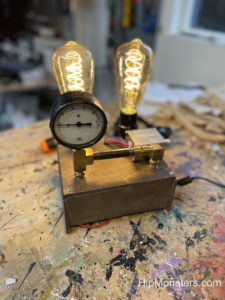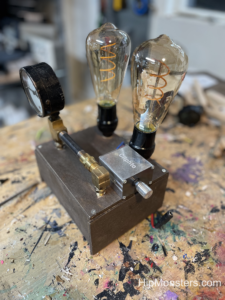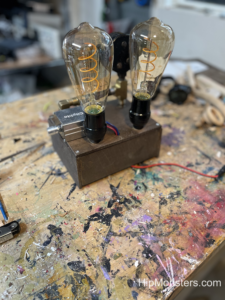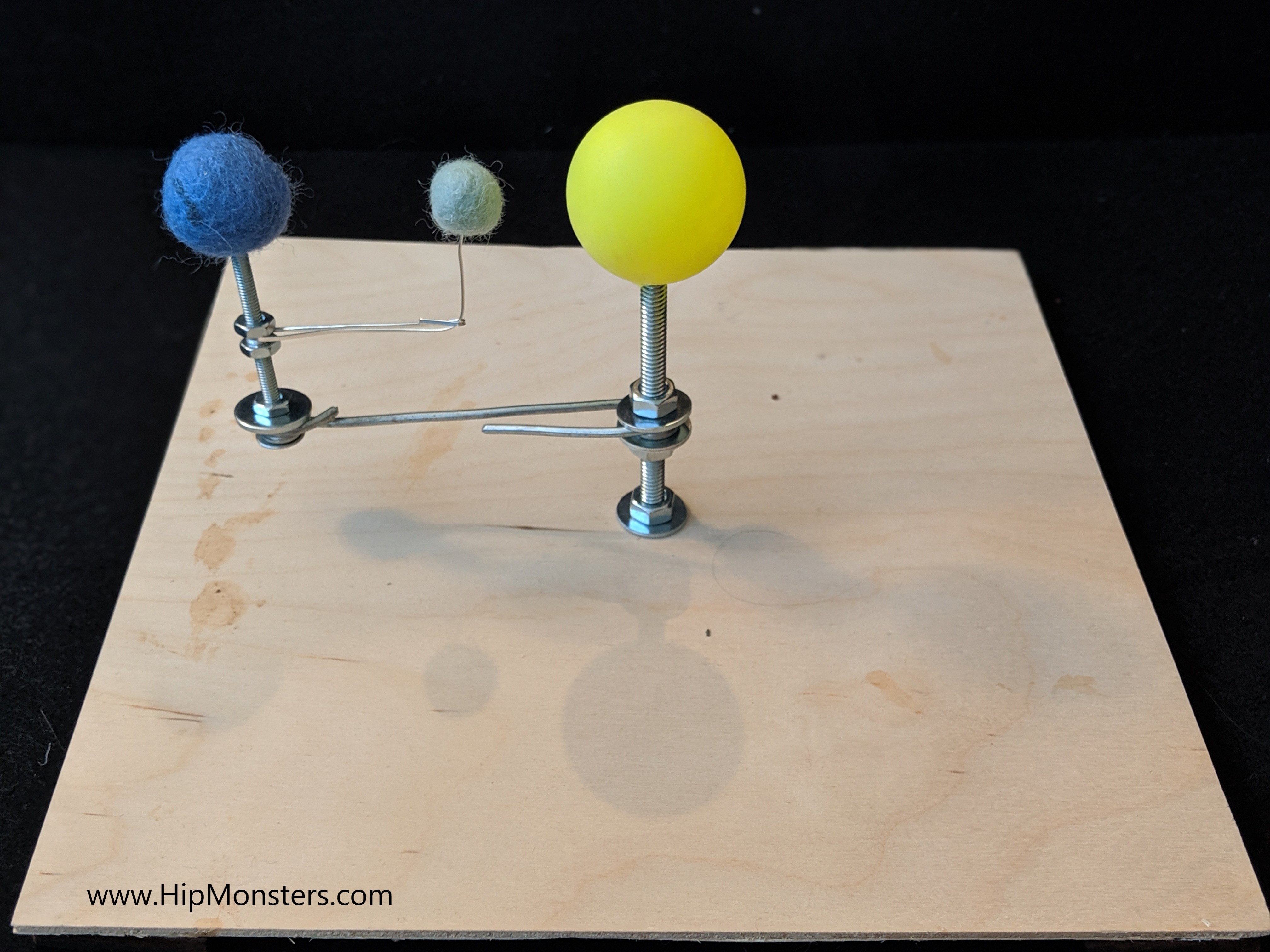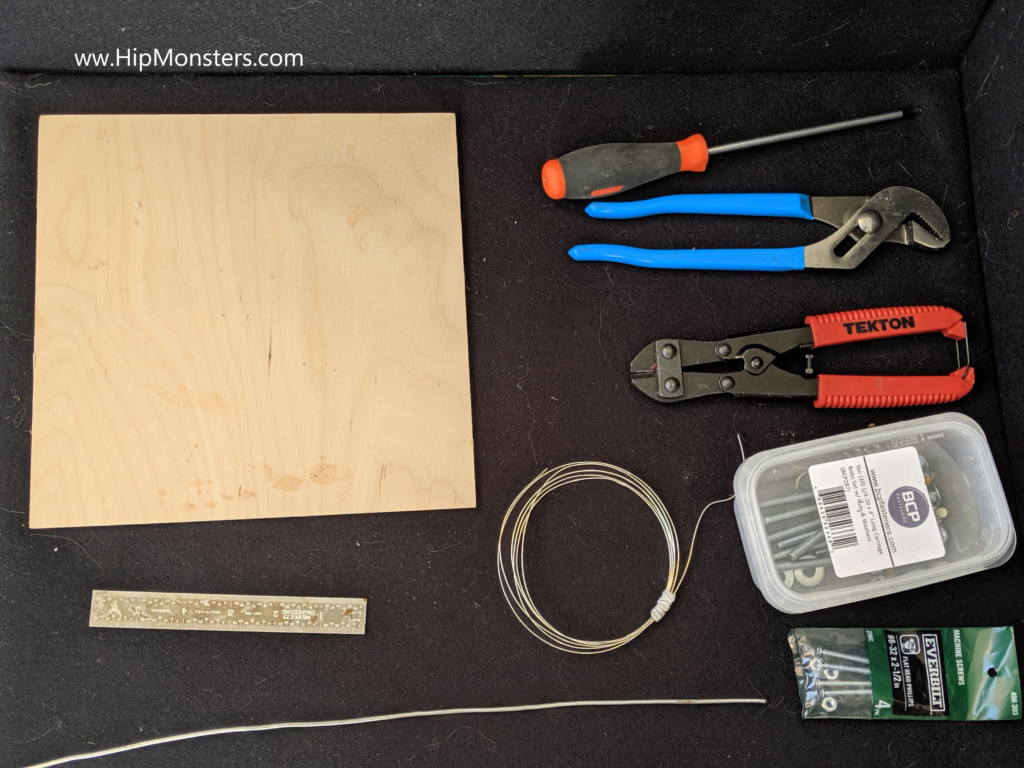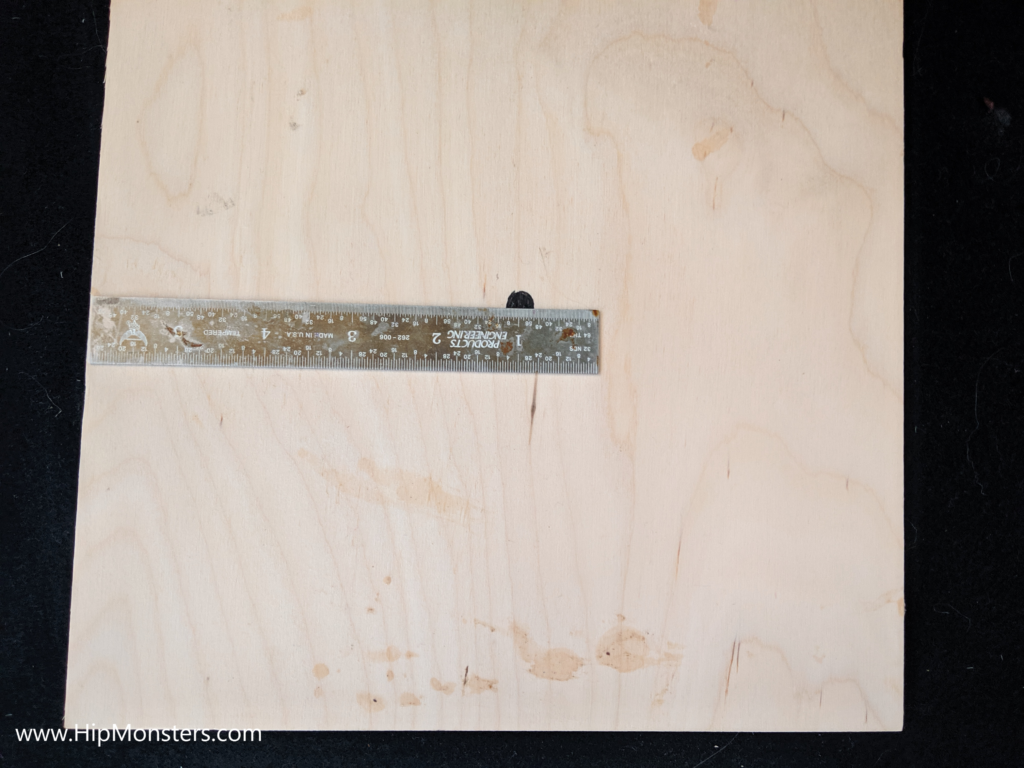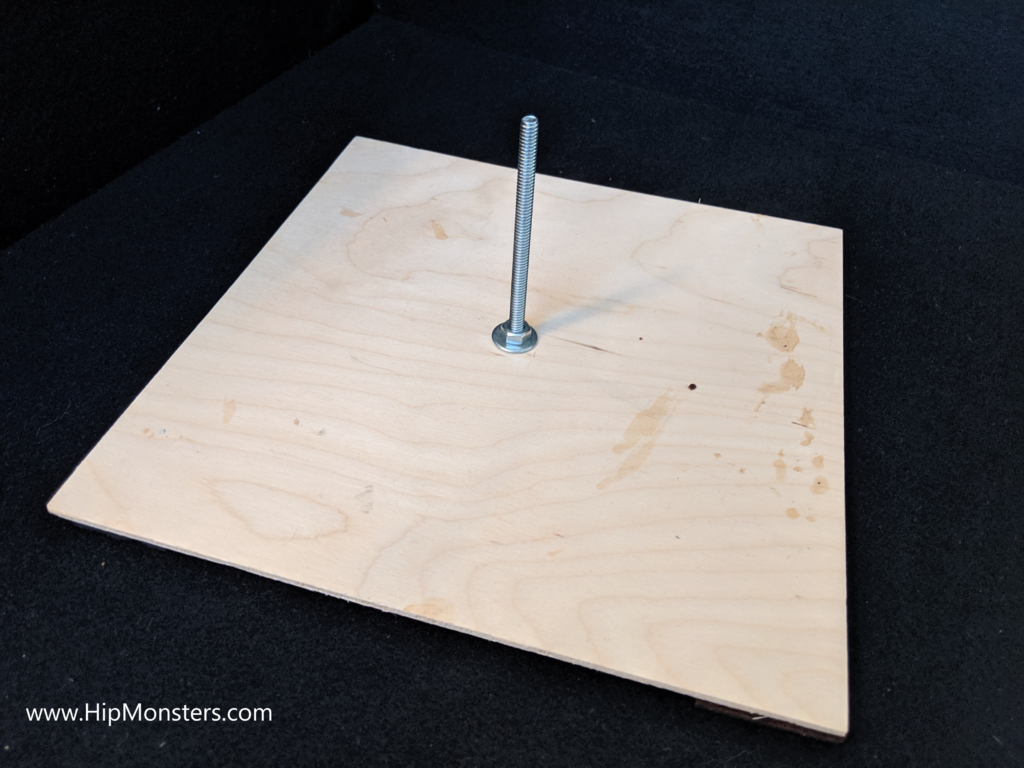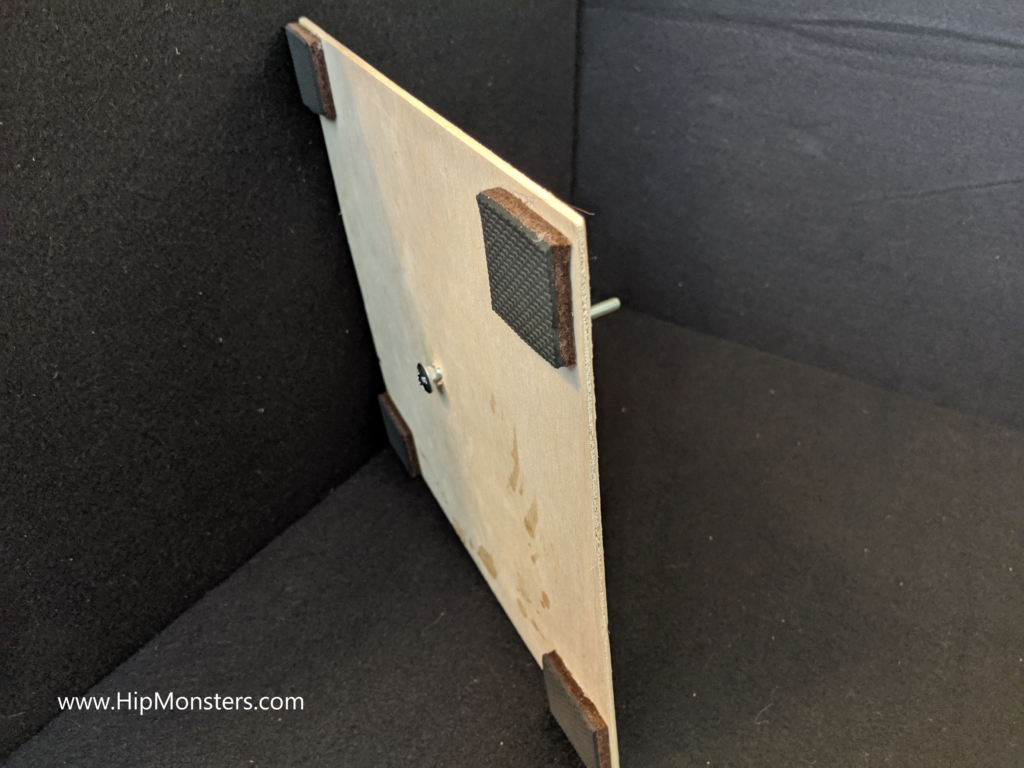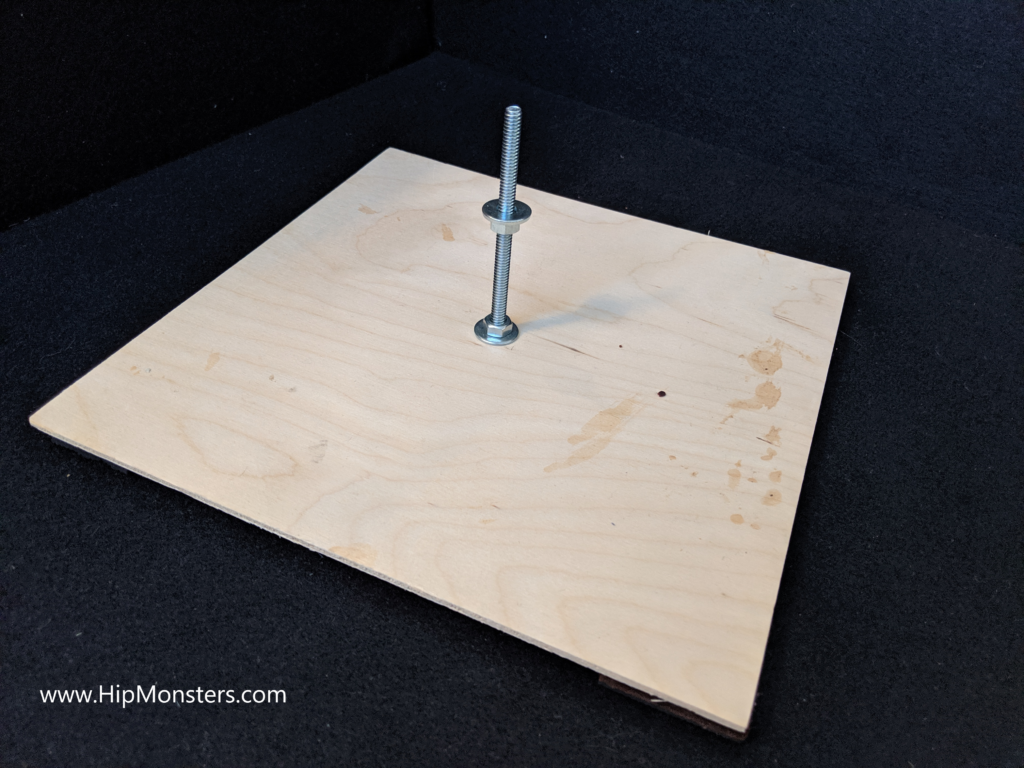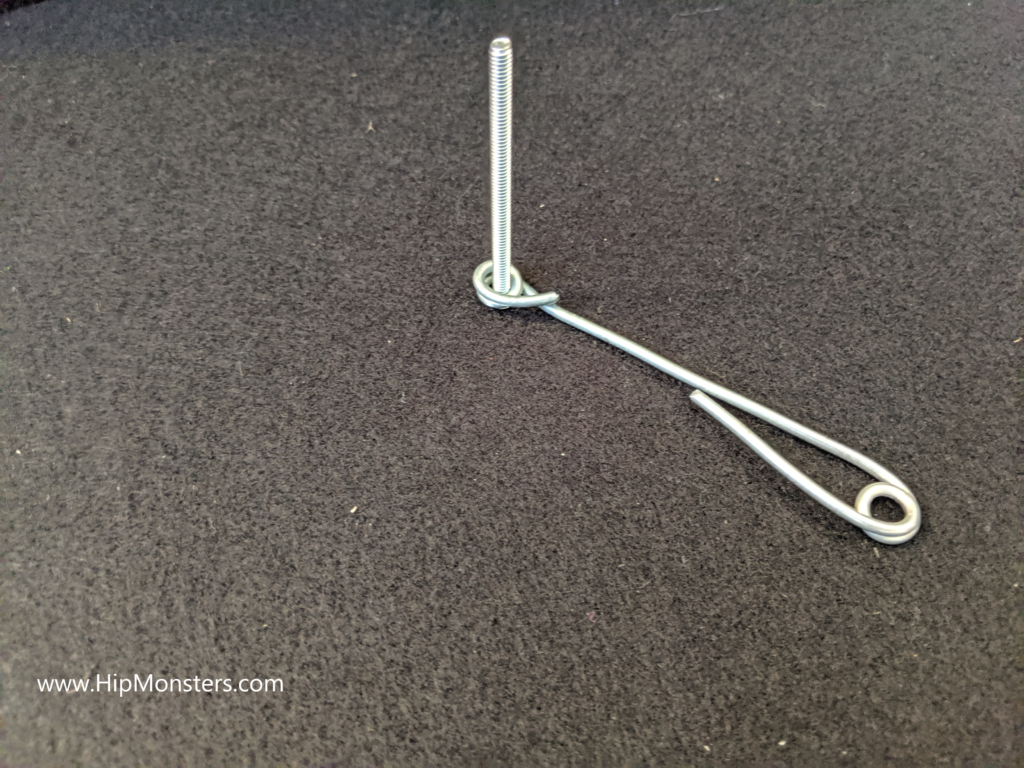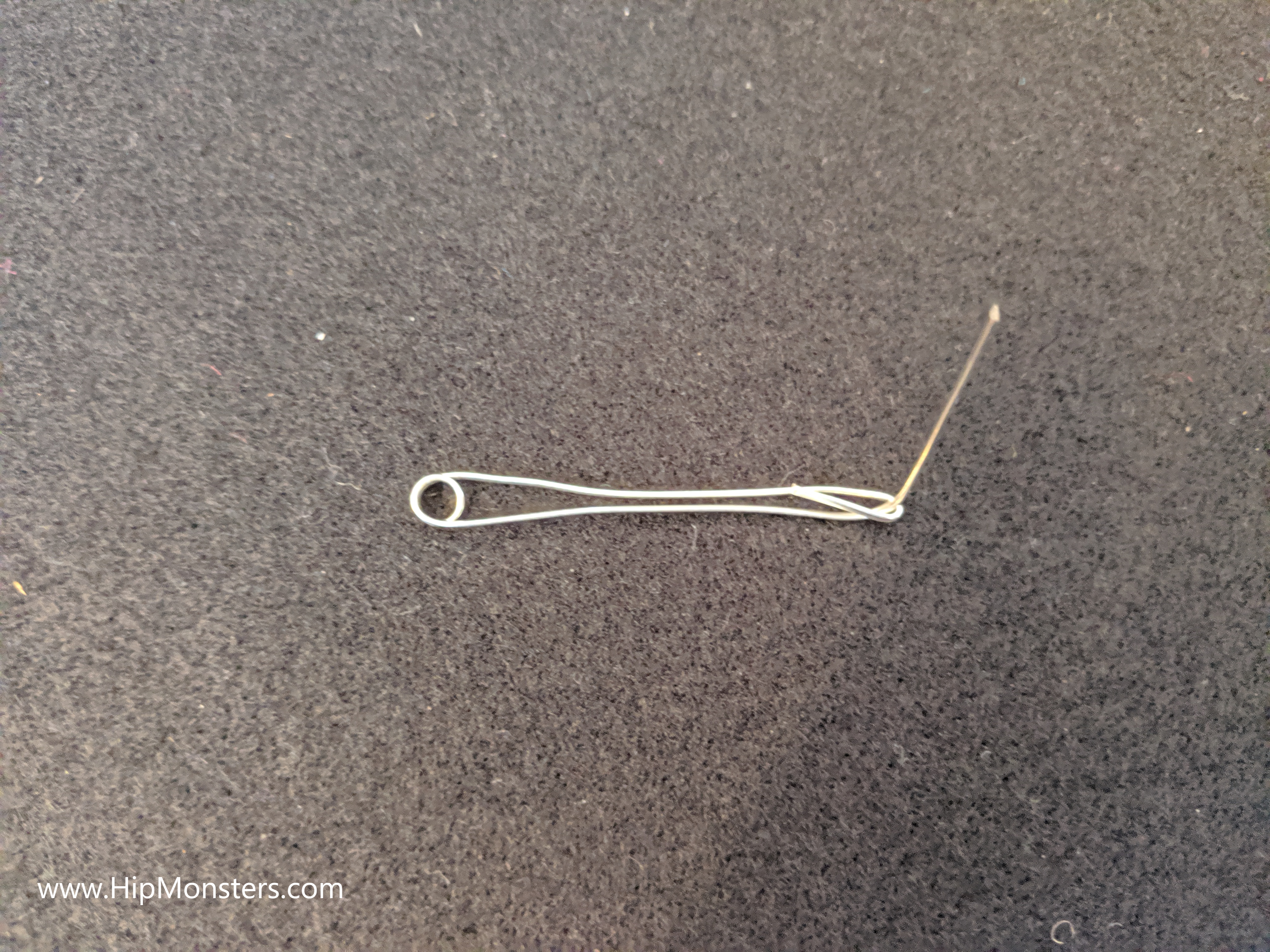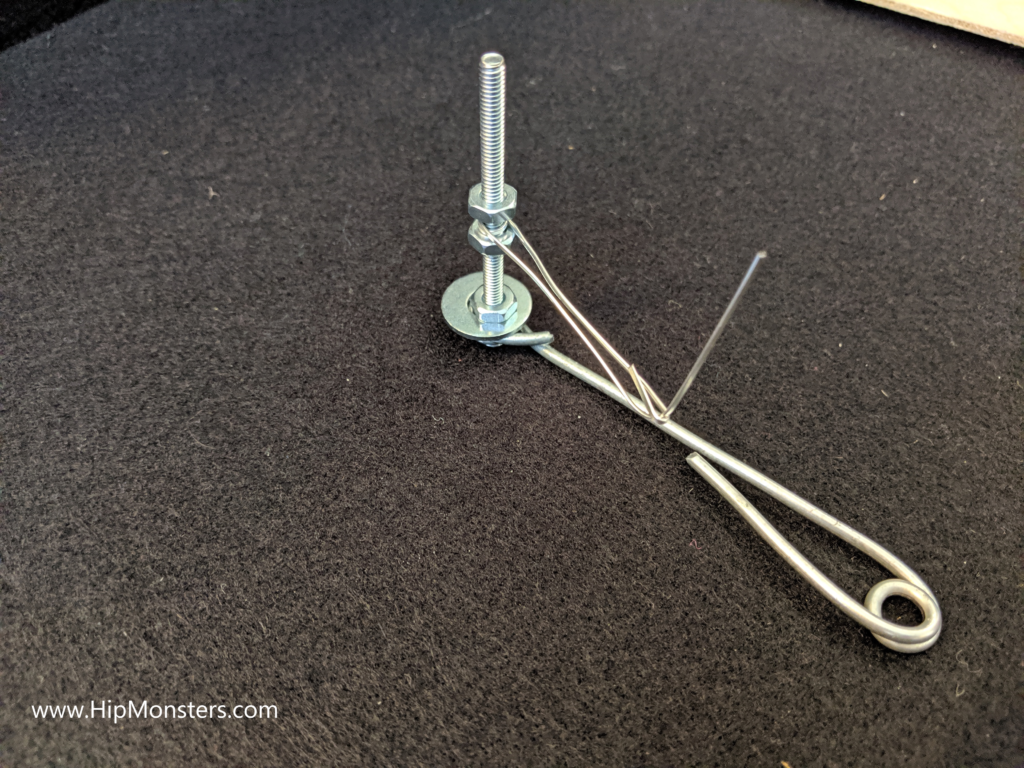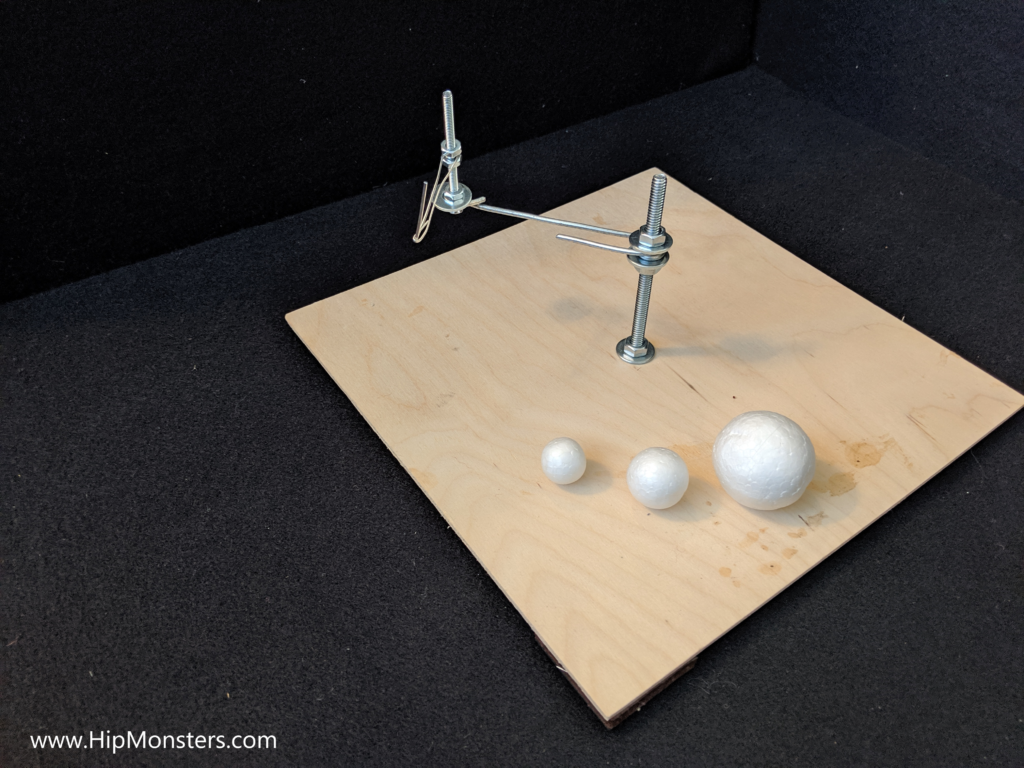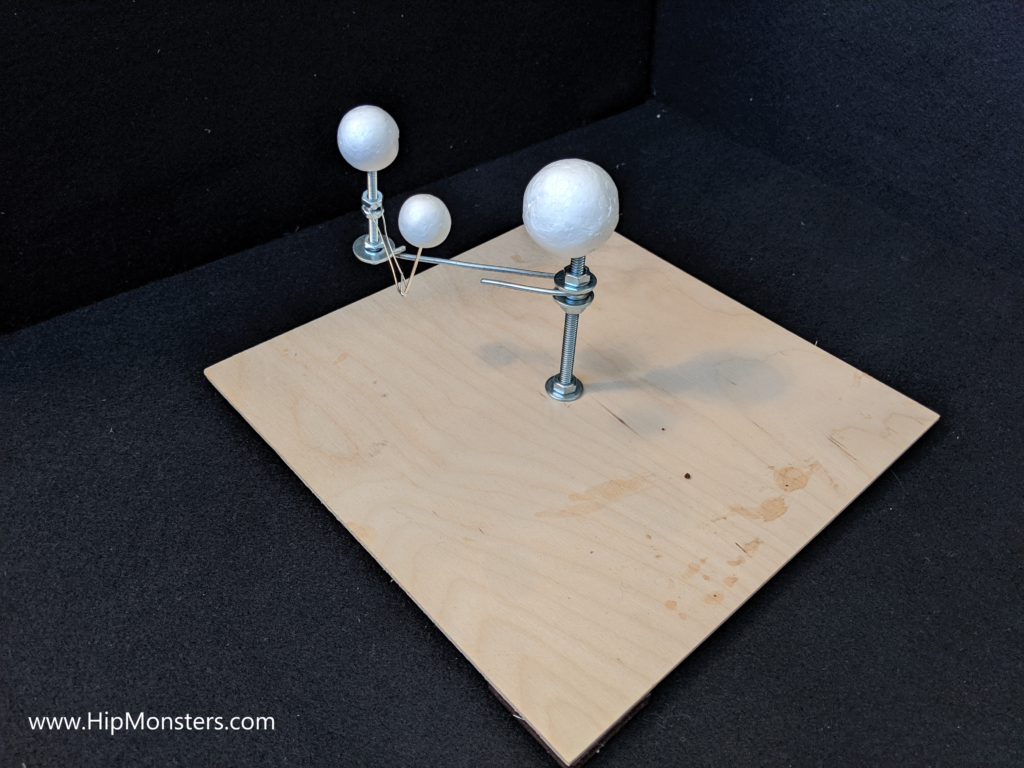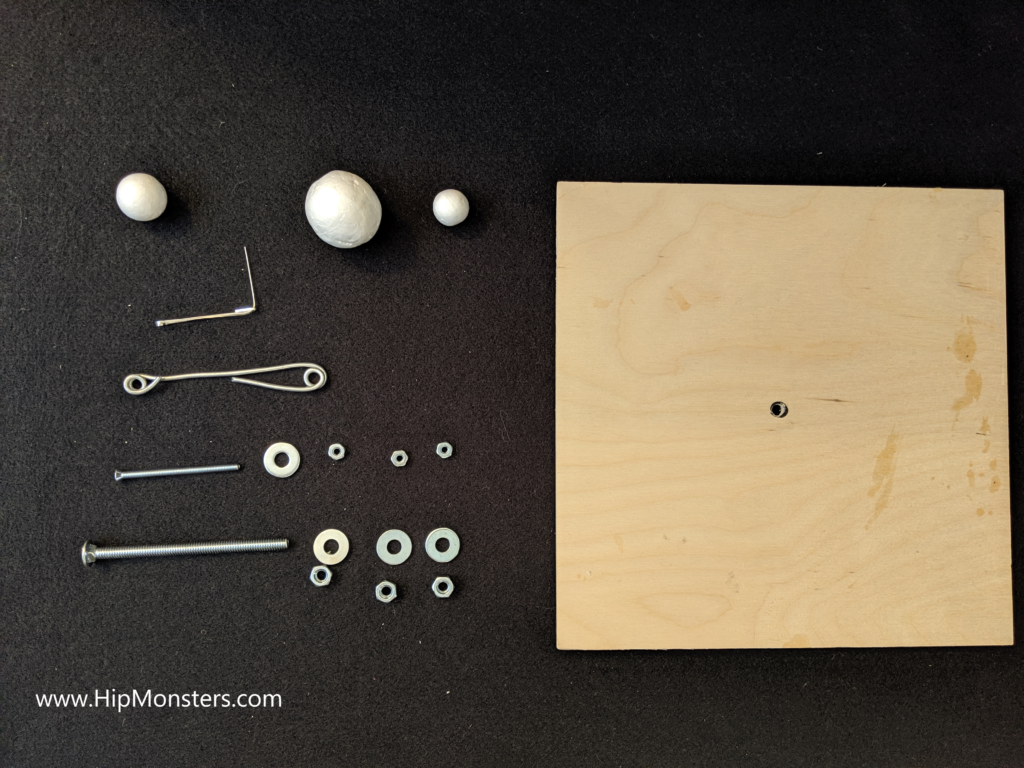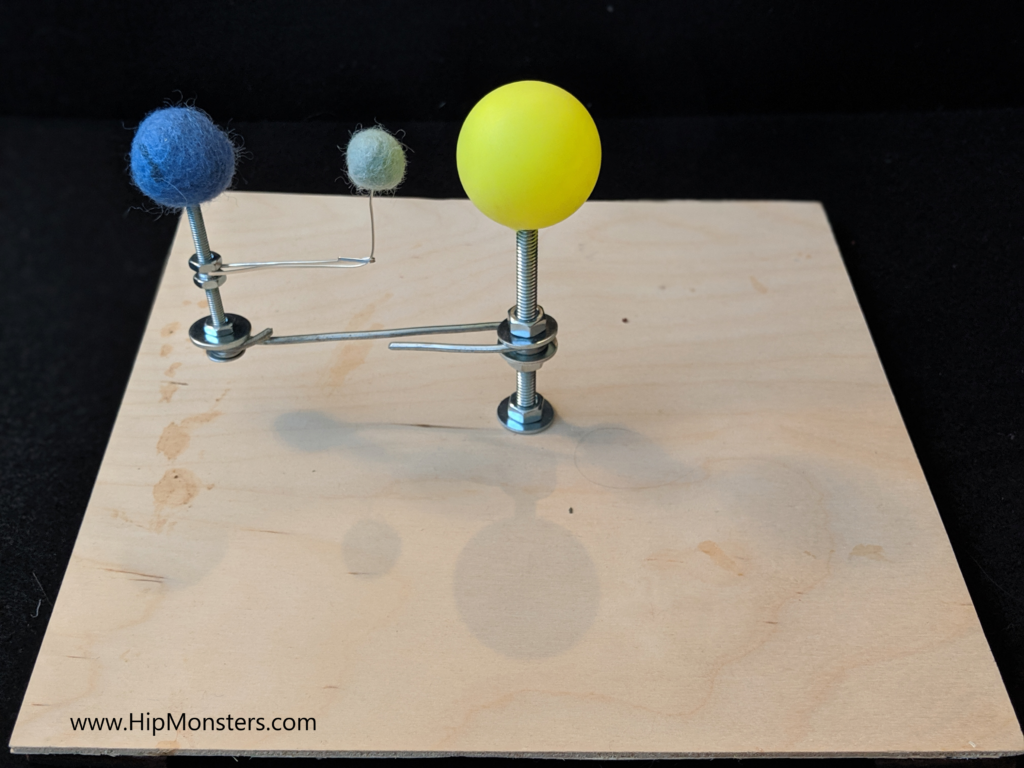For our upcoming Maker Faire presentation we wanted to make robotics more approachable. One barrier to robotics is, by its very nature, it lacks a human element. To bridge this robot-human divide, the bell hopper design requires two humans working together to power and control it. This only one goal, ring the bell.
Please note, this material is provided for informational purposes only and is not a guide on how to create the designs. Please take a look at our disclaimer.
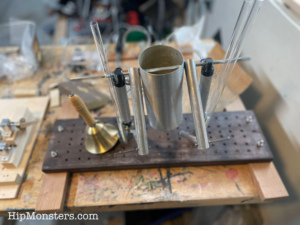
The bell hopper ended up very similar to the first drawing of the concept, which is rare for us. For the base board we used one of our small robot rig platforms. We use it to create supports for testing robot movements. It ended up looking so good we kept it for the final design. We always wanted ringing a bell to be the goal of the contraption, but originally did not think of using it as the head. Once we saw the bell with the body we changed the design to have it as the head because they fit so well together.
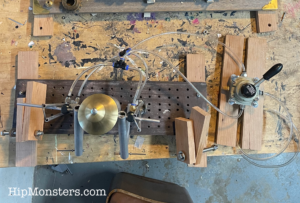
Here is a top view with the bell attached. The head’s weight caused a few engineering issues for us. The body was made of super light aluminum and the bell was heavy brass. To solve this we create a swinging counter balance inspired by the counter balance in Taipei 101.
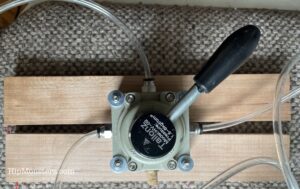
For the switch to redirect the air we used a standard manual pneumatic lever. It is the same one we use for testing our robots.
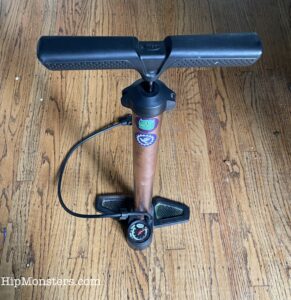
The power supply is a bicycle air pump painted bronze to look more steampunk.
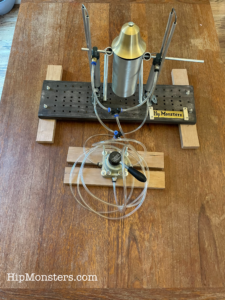 Here is the final design of the bell hopper.
Here is the final design of the bell hopper.
It take two people working together to get the bells to ring. Cooperation is key! Come see it and more at this year’s Bay Area Maker Faire.
Happy Creating!

